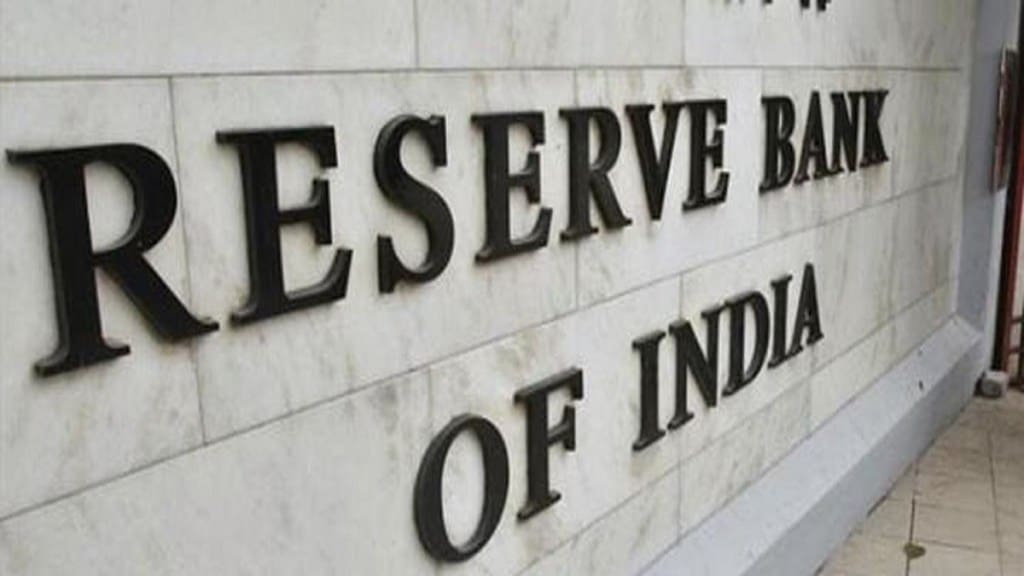The record high dividend by the Reserve Bank of India at Rs 2.69 lakh crore or around Rs 50,000 crore more than factored in the budget for 2025-26, could help the government reduce the fiscal deficit further or spend more to boost economic activity.
After factoring in dividends from public sector financial institutions, such dividends could exceed the budget target by around Rs 70,000 crore in FY26.
RBI dividend has been a major source of non-tax revenues for the Centre, with its share rising from 10.6% in FY23 to 46.1% in FY26. The RBI had paid a dividend of Rs 2.1 lakh crore in FY25 as against the budget estimate of Rs 80,000-90,000 crore, helping the Centre revise down the fiscal deficit for the year to 4.8% of GDP from 4.9%.
With the dividend from the RBI alone exceeding the Centre’s projected dividend income of Rs 2.56 lakh crore estimated from the RBI and public sector financial institutions for the year, the total such dividends would now be much higher than budgeted. With public sector banks and financial institutions likely to pay around Rs 30,000 crore in dividends to the Centre in FY26, similar to FY25, the total dividends from the RBI and financial institutions could be around Rs 3 lakh crore in FY26.
“We expect the fiscal deficit to ease by 20 bps from the budgeted level to 4.2% of GDP (in FY26). Alternatively, it will open up for additional spending for around Rs 70,000 crores, other things remaining unchanged,” SBI Research said in a note. The Centre has projected fiscal deficit to decline to 4.4% of GDP in FY26 from the FY25 revised estimate of 4.8%.
This surplus payout is driven by robust gross dollar sales, higher foreign exchange gains, and steady increases in interest income. Notably, the RBI was the top seller of foreign exchange reserves in January among other Asian central banks.
“This (RBI dividend) is also ~Rs. 0.4-0.5 trillion (equivalent to 11-14 bps of GDP) higher than the amount that was likely assumed in the FY26 Union Budget, implying an equivalent upside to non-tax revenues, which would provide some buffer to make up for a miss in taxes or disinvestment receipts, or higher-than-budgeted expenditure in the fiscal,” ICRA chief economist Aditi Nayar said.
Additionally, the upward revision in the FY25 nominal GDP number suggests that despite a relatively lower growth of ~9% in FY26 (as per ICRA’s expectations) vis-à-vis the budgeted levels of 10.1%, the fiscal deficit-to-GDP ratio can be contained at 4.4% in FY26, while also accommodating a marginal fiscal slippage (to the tune of ~Rs 300 billion). This provides some comfort on the fiscal front,” Nayar said.
Government sources said that at a time when the economy was seeing a steady, consistent growth, some alteration in the dividend transfer formula was required to suggest a set formula for the next five years.
“The Bimal Jalan panel recommendations have stood the test of time, even during Covid… I don’t see Jalan panel formulations coming to such an end,” a source said.
The RBI Board had recommended that the risk provisioning under the Contingent Risk Buffer (CRB) be maintained within a range of 4.5% to 7.5% of the RBI’s balance sheet. Based on the revised ECF, and taking into consideration the macroeconomic assessment, the Central Board of RBI decided to further increase the CRB to 7.5% (from 6.5% in FY24 and 6.0% in FY23).
Despite conflict with Pakistan, sources said the government does not see any additional defence budget allocations for the current fiscal.

